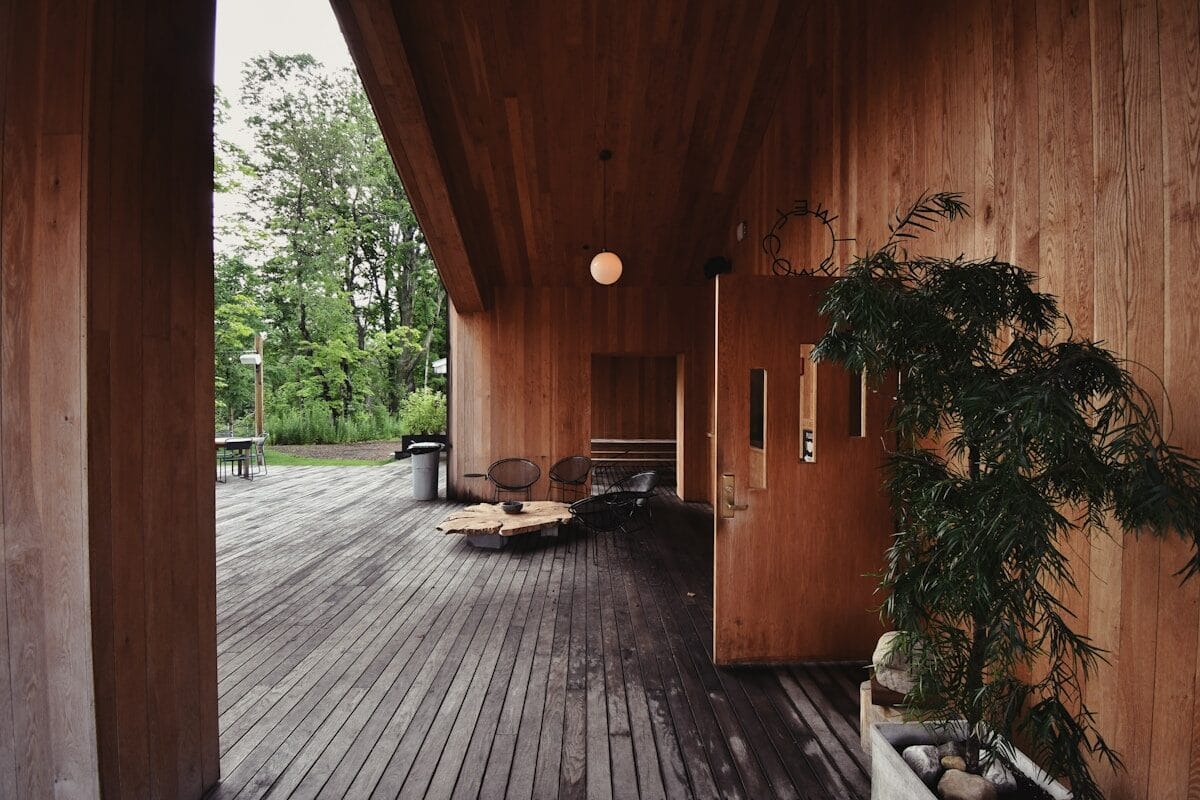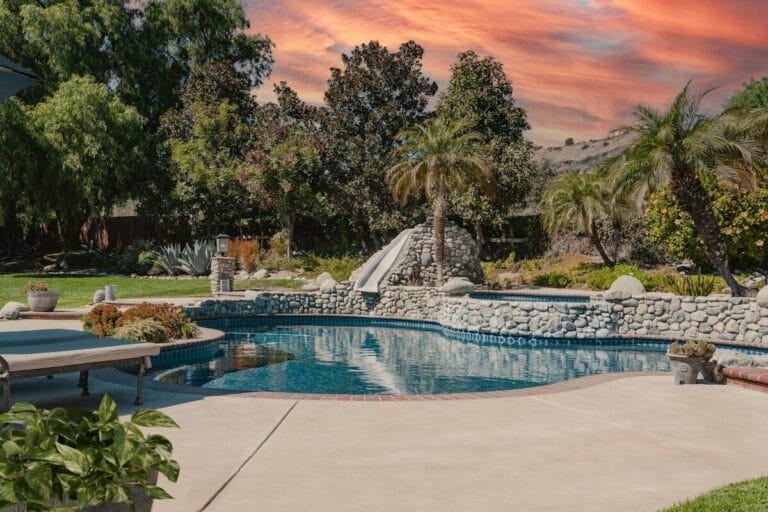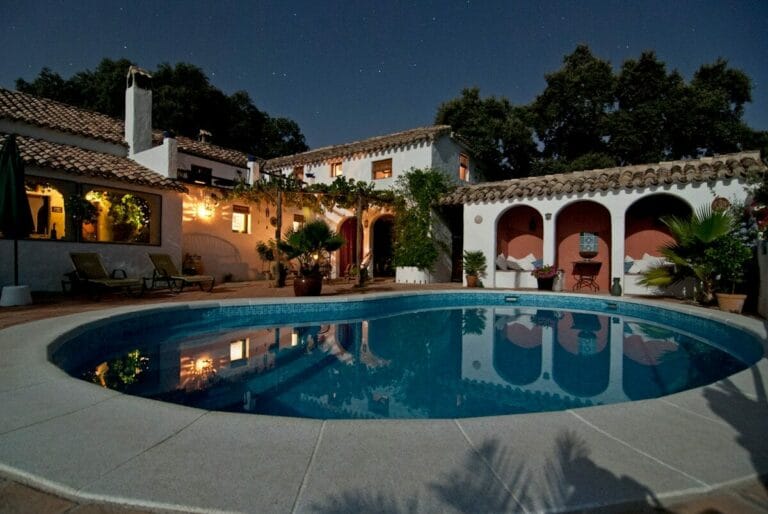Living in Wood: What Daily Life Is Really Like in Denmark’s New Sustainable Homes
Discover how modern Danish wooden homes blend sustainability, wellbeing and lifestyle—offering cleaner air, comfort and harmony in every season

The first thing you notice when you step into a modern Danish wooden home isn’t what you see – it’s what you don’t hear. The usual hum of city life fades to near silence. The air smells faintly of pine and feels different somehow, cleaner and softer. Sunlight streams through floor-to-ceiling windows, warming the natural wood floors beneath your feet, and everything feels immediately calmer.
Families who’ve switched from traditional brick and concrete homes describe living in a Plus+ helårshus as genuinely different. The question is whether choosing wood really changes how Danish families live day to day, or if it’s simply another style choice with environmental benefits.
Why Wood Appeals to Danish Families
Danish families are increasingly choosing wooden homes over conventional concrete and brick construction. These aren’t the summer cottages your grandparents might remember, but sophisticated year-round homes designed to handle everything from January storms to July heatwaves.
The appeal goes beyond environmental benefits, though wooden homes do produce about 40% less CO2 emissions than concrete and steel construction. Families are discovering that natural materials create a fundamentally different living experience – one that affects everything from how well they sleep to how their children play indoors.
Companies like 3Huse respond to this demand with designs that combine traditional Danish building craft with modern energy systems. Their Plus+ model customers frequently mention the ‘compromisløse kvalitet’ (uncompromising quality) in reviews, with many recommending their homes to family and friends.
Getting Through Danish Winters
Living through a Danish winter in a wooden home feels different from a concrete one. The walls don’t radiate that subtle chill you get from masonry in January. Instead, the natural insulation properties of timber, combined with Danish building standards requiring high-performance insulation and triple glazing, create a dry warmth that seems to wrap around you.
Modern wooden helårshuse must meet strict Danish energy requirements, including wall insulation with U-values around 0.3 W/m²K and windows that perform at 1.2 W/m²K or better. The real comfort comes from wood’s natural ability to regulate humidity. When it’s humid outside, the timber absorbs excess moisture. When indoor air gets dry from heating, it releases moisture back, maintaining that sweet spot where you’re not constantly adjusting the thermostat.
Summer brings different benefits. The thermal properties that keep wooden homes cosy in winter also prevent them from becoming ovens in hot weather. Natural ventilation systems, mandatory under Danish standards with heat recovery efficiencies of at least 73%, keep air moving without the energy drain of constant air conditioning.
When Technology Stays Quiet
The solar panels on a Plus+ home work quietly to keep your energy bills low whilst the ground-source heating system maintains consistent floor warmth without the radiator hot spots of traditional systems. Smart ventilation runs so quietly you forget it’s there, but the air never feels stale or stuffy.
Parents notice their children sleep better, possibly because wooden interiors reduce stress hormones and maintain steady humidity levels. The backup generator means power cuts – increasingly common during severe weather – don’t disrupt family routines or spoil food in the fridge.
Floor heating means no more morning shock of cold bathroom tiles. The ventilation system with heat recovery means you can leave windows closed during pollen season without sacrificing air quality. Everything works more smoothly than in conventional homes.
Family Life in Open Spaces
Open-plan living in a wooden home feels more naturally divided than in concrete spaces. The acoustic properties of timber create subtle sound zones – children can play in the living area whilst you work at the kitchen island without everything echoing. Though wooden homes do have sound insulation challenges due to lower mass than masonry, modern designs use additional insulation layers to manage noise between rooms.
Those panoramic windows that look so impressive in photographs serve practical daily purposes. Natural light reaches every corner, reducing the need for electric lighting during already-dark Danish winters. The connection to outdoor spaces makes small children less restless during weather that keeps them inside.
Cleaning wooden homes proves easier than expected. Natural wood surfaces resist bacteria and don’t harbour dust the way synthetic materials can. The consistent temperature and humidity mean fewer problems with condensation and mould in bathrooms and kitchens.
How Natural Materials Affect Daily Mood
The psychological effects of living surrounded by natural materials aren’t marketing speak. Research shows that wooden interiors reduce cortisol levels and blood pressure whilst improving cognitive function. Families report feeling more relaxed at home and sleeping more soundly.
Wood also acts as a natural air purifier, absorbing and reducing volatile organic compounds that come from furniture, cleaning products and cooking. The result is cleaner indoor air without mechanical filtration systems running constantly.
3Huse customers frequently mention in their reviews how visitors immediately comment on how calm and welcoming their homes feel. One described how teenage children now prefer spending time in the family areas rather than hiding in their rooms, drawn by the natural warmth and acoustics that make conversation easier.
Experiencing It for Yourself
If you’re curious about how wooden living actually feels, 3Huse operates a show home near Helsingør where you can experience these differences firsthand. Unlike looking through property magazines or virtual tours, spending time in the space lets you notice the subtle qualities – how sound travels, how natural light moves through the rooms throughout the day, how the air feels and smells.
The show home demonstrates integrated solar and ground-source heating systems in action, not as abstract concepts but as lived experiences. You can feel the consistent warmth from the floors, experience the quiet efficiency of the ventilation system and understand how the natural materials create that immediate sense of calm. Booking ahead is recommended, as interest in experiencing wooden home living has grown significantly over the past year.
Finding the Right Fit for Your Life Stage
Wooden homes suit different family situations in different ways. Young families appreciate the safety of natural materials around crawling babies and toddlers, plus the flexibility to adapt spaces as children grow. The acoustic qualities help everyone get better sleep, crucial during those early parenting years.
For established families, the lower maintenance compared to older homes and the energy independence from solar and ground-source systems provide long-term security. Couples approaching retirement find the consistent temperature and clean air support health and comfort as they age.
The environmental benefits matter too, but they’re often secondary to the daily experience of wellbeing in your living space. Choosing wood means choosing a home that works with Danish weather rather than fighting it, that supports wellbeing through natural materials and that creates a living environment where technology enhances comfort without dominating daily life.
Whether wooden living suits you depends on what you value in a home. If comfort, health and a connection to natural materials matter more than prestige or conforming to conventional housing choices, stepping into a modern Danish wooden home might feel like coming home in a way you hadn’t expected.





